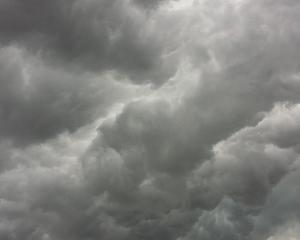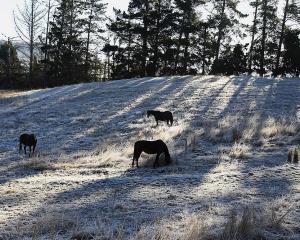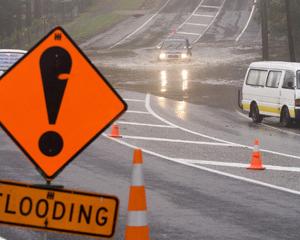He, like many Dunedin residents, has been scratching his head in puzzlement at the city's inconsistent and unpredictable weather.
His rainfall figures until November showed there had only been two months in which Balaclava's rainfall had exceeded its monthly average and when it did it was by more than 200%.
Until the end of November his rain gauge had recorded 773mm - the yearly average was 896mm.
In comparison, the area's wettest year was 2000, with 1200mm, and the driest 1985, with 573mm.
Typically, the wettest two months were December and January and the driest April and September with the rest of the year being close to the 70mm mark, he said.
This year, the wettest months were February and May with 210mm and 213mm respectively, and the driest August and October, on 23mm and 47mm respectively.
So 2009 was hard to characterise and not possible to predict.
"We can get four seasons in one day no trouble at all."
However, Otago Daily Times weather contributor David Fynmore said nothing really stood out from his records at Andersons Bay, even the "big snow" was not what everyone thought it was.
"It was in fact only a very small, light snow.
"The thing about it was that it was cold enough for the snow to simply fall to sea level."
"Those living in the hill suburbs said it was just over 25mm of snow and it was lighter than what they would call normal."







